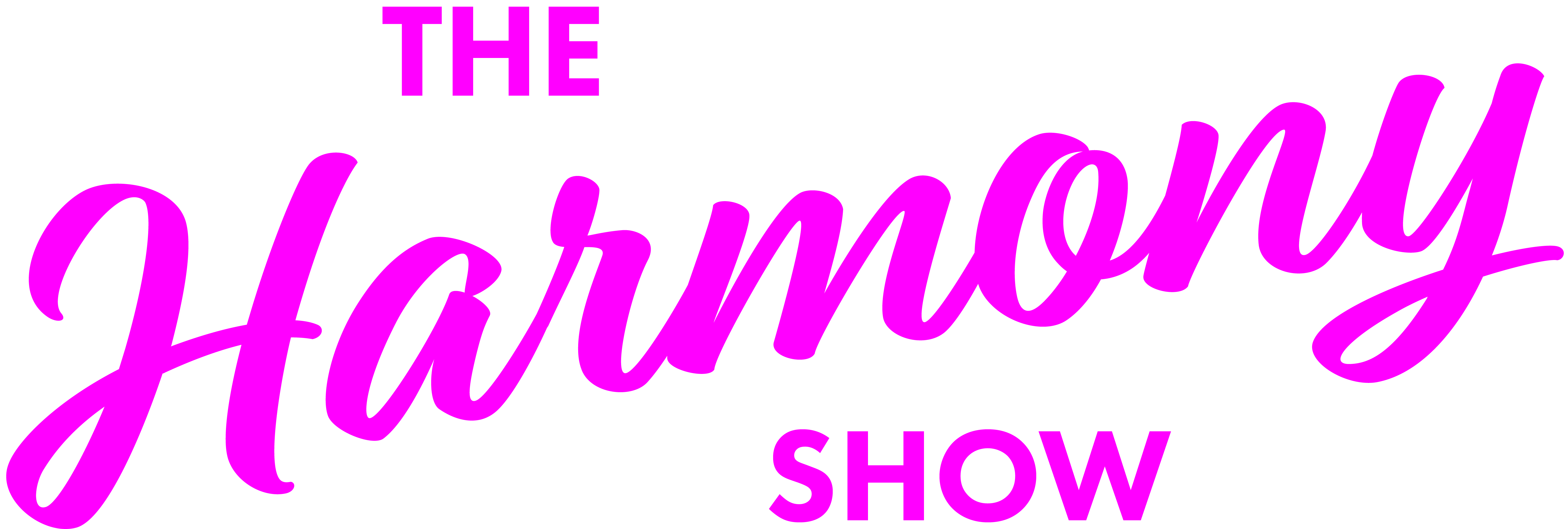SEMINAR SEMINAR SEMINAR SEMINAR SEMINAR SEMINAR SEMINAR SEMINAR SEMINAR SEMINAR SEMINAR SEMINAR SEMINAR SEMINAR SEMINAR SEMINAR SEMINAR SEMINAR SEMINAR SEMINAR SEMINAR SEMINAR SEMINAR SEMINAR SEMINAR SEMINAR SEMINAR SEMINAR SEMINAR SEMINAR SEMINAR SEMINAR SEMINAR SEMINAR SEMINAR SEMINAR SEMINAR SEMINAR SEMINAR SEMINAR SEMINAR SEMINAR SEMINAR SEMINAR SEMINAR SEMINAR SEMINAR SEMINAR SEMINAR SEMINAR SEMINAR SEMINAR SEMINAR SEMINAR SEMINAR SEMINAR SEMINAR SEMINAR SEMINAR SEMINAR SEMINAR SEMINAR SEMINAR SEMINAR SEMINAR SEMINAR SEMINAR SEMINAR SEMINAR SEMINAR SEMINAR SEMINAR SEMINAR SEMINAR SEMINAR SEMINAR SEMINAR SEMINAR SEMINAR SEMINAR SEMINAR SEMINAR SEMINAR SEMINAR SEMINAR SEMINAR SEMINAR SEMINAR SEMINAR SEMINAR SEMINAR SEMINAR SEMINAR SEMINAR SEMINAR SEMINAR SEMINAR SEMINAR SEMINAR SEMINAR SEMINAR SEMINAR SEMINAR SEMINAR SEMINAR SEMINAR SEMINAR SEMINAR
Silence and Asian Femininity
SEMINAR LEADER
Vivian L. Huang is Assistant Professor of Women’s, Gender, and Sexuality Studies at Williams College. Her first book Surface Relations: Queer Forms of Asian American Performance (Duke University Press, forthcoming) theorizes minoritarian aesthetics of inscrutability in contemporary Asian American literary, visual, and performance cultures. Other work can be found in The Journal of Popular Culture, Journal of Asian American Studies, Women & Performance, and GLQ. Previously, Vivian has taught theater and performance studies, gender and sexuality studies, and Asian American studies at New York University, Harvard University, and the City University of New York, Hunter College.

[ IMAGE DESCRIPTION: Purple line drawing of spiraling nebula ︎ heart symbol ]
[ IMAGE DESCRIPTION: A video screenshot appears in the video player above. An image description of the screenshot can be found on page two of the transcription file here. ︎ heart symbol ].

